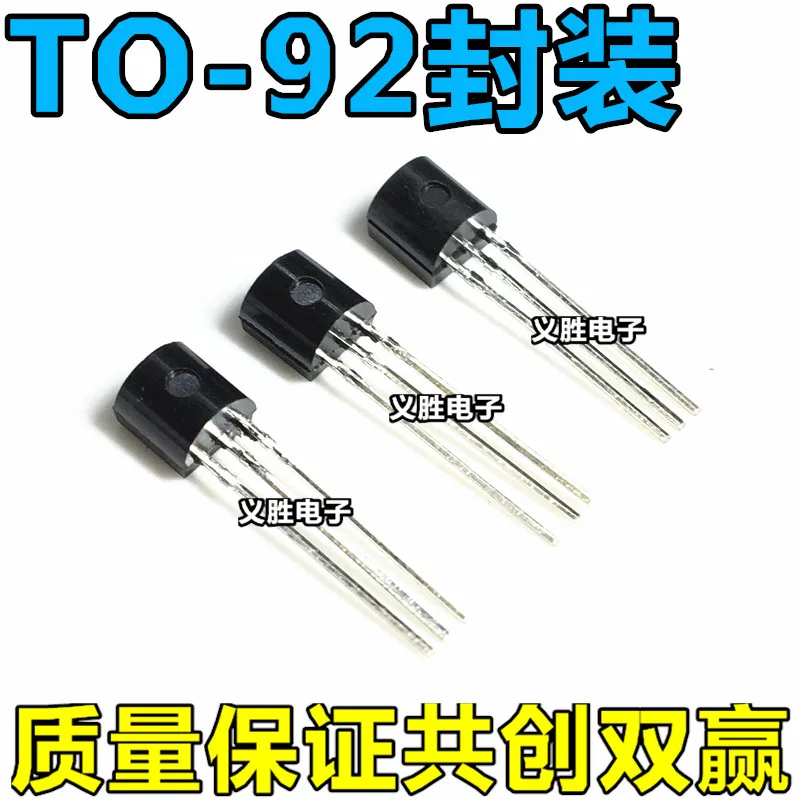

The collector is made physically larger than the base for two reasons: allowing a collector to deal with more heat without damage and increasing the chance of carriers that enter the collector terminal. The base is more positive with respect to the emitter and the voltage on the collector must also be more positive than the base.In this NPN transistor, electrons are main charge carriers, unlike PNP transistor where holes are major charge carriers. The base terminal is unable to handle all electrons entering it, subsequently, electrons move from the base to collector terminal.įollowing figure shows the circuit diagram of the S8050.The number of electrons entering the base terminal from the emitter is greater than the number of holes diffusing into the emitter region that's why electrons are major charge carriers in case of NPN transistor. As the voltage is applied the electron from emitter terminal triggers and enters the base terminal, combining with the hole already present in the base terminal and the resulting pair disappears.The electron movement is mainly triggered by the voltage applied at the base terminal, resulting in the diffusion of electrons from the base to collector terminal. S8050 mainly consists of three terminals.įollowing shows the pinout of this transistor. The amplification is carried out a simple way when a voltage is applied at the base terminal, transistor draws small current which is then used to control large current at other terminals. If a transistor is not forward biased, there will be no collector current, no matter how much voltage is applied at the base terminal. It is important to note that, S8050 must be operating in a forward biased mode for a better performance.This transistor features two PN junctions: emitter-base junction that is forward biased and the collector-base junction that is reverse biased. The S8050 falls under the category of Bipolar Junction Transistor - as the name suggests it comes with two charge carriers: electrons and holes, however, electrons are the major charge carriers. There are two types of transistors known as Unipolar Transistor and Bipolar Junction Transistors.The P-doped layer represents the base terminal while other two layers represent emitter and collector respectively. This transistor incorporates three layers where one P-doped semiconductor layer is encapsulated between the other two N-doped layers. The small current at one terminal at one terminal is used to control large current at other terminals. The base terminal is lightly doped and the collector terminal is moderately doped where former controls the number of electrons and later collects the number of electrons from the base terminal.These terminals are different in terms of doping concentration where emitter terminal is highly doped as compared to base and collector terminals. This transistor mainly contains three terminals known as an emitter, base, and collector that are used for the external connection with the electronic circuits.It proves to be a bright spot for push-pull amplification and general purpose switching applications. S8050 is an NPN Epitaxial Silicon Transistor that comes with low voltage and high current capabilities. Let's dive in and kick off the nitty-gritty of this transistor.

I'll try to cover each and everything related to S8050, so you don't have to scratch your head browsing the whole internet and find all the information in one place. It is a low voltage and high current transistor, featuring collector current up to 700 mA and Collector-Emitter voltage around 25 V. Today, I'll unlock the detailed Introduction to S8050 that is an NPN Epitaxial Silicon Transistor mainly used for push-pull amplification and general purpose switching applications. I always strive to keep your technical needs and requirements quite in line with valuable information that helps you excel and thrive in engineering and technology.


 0 kommentar(er)
0 kommentar(er)
